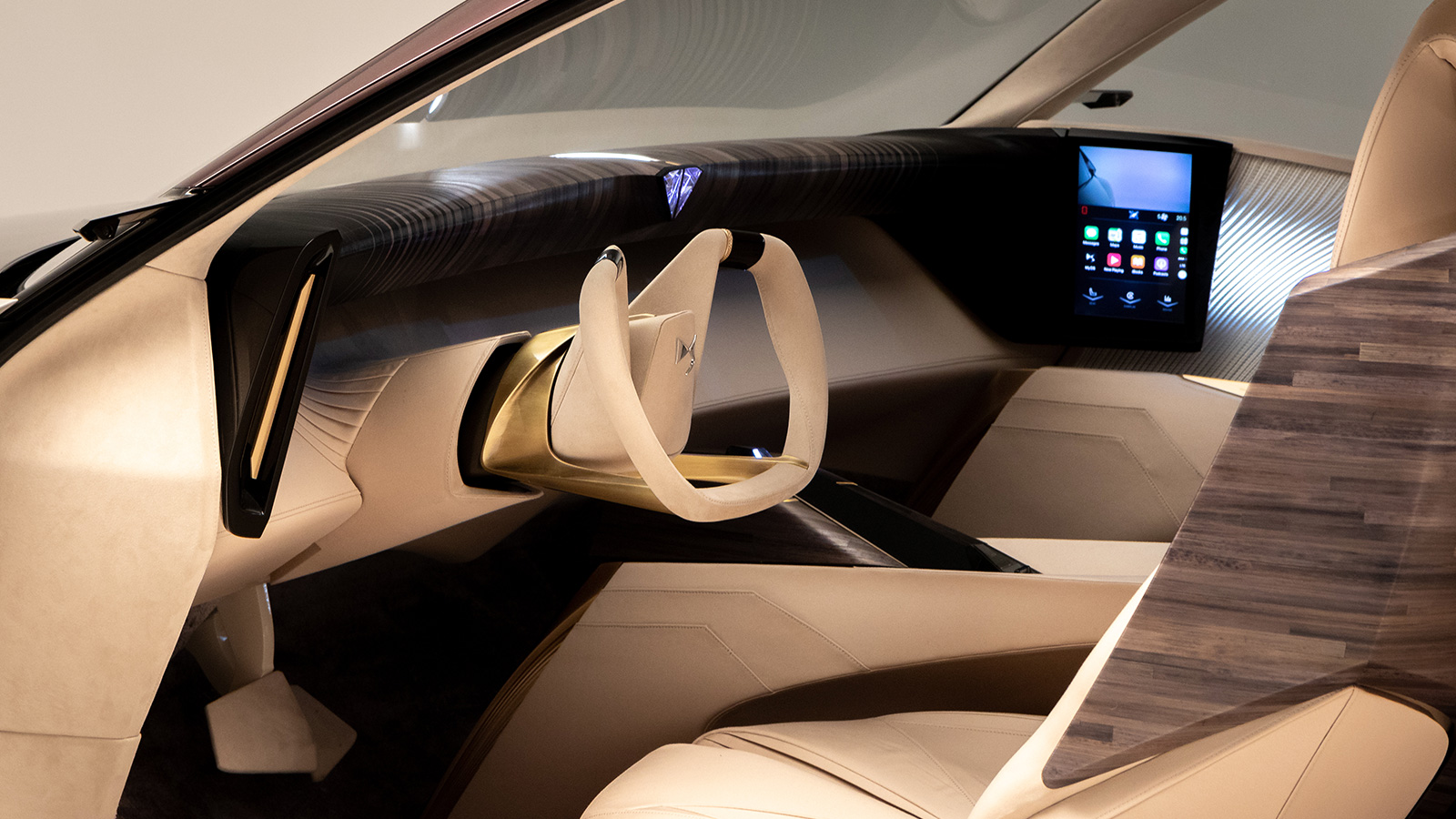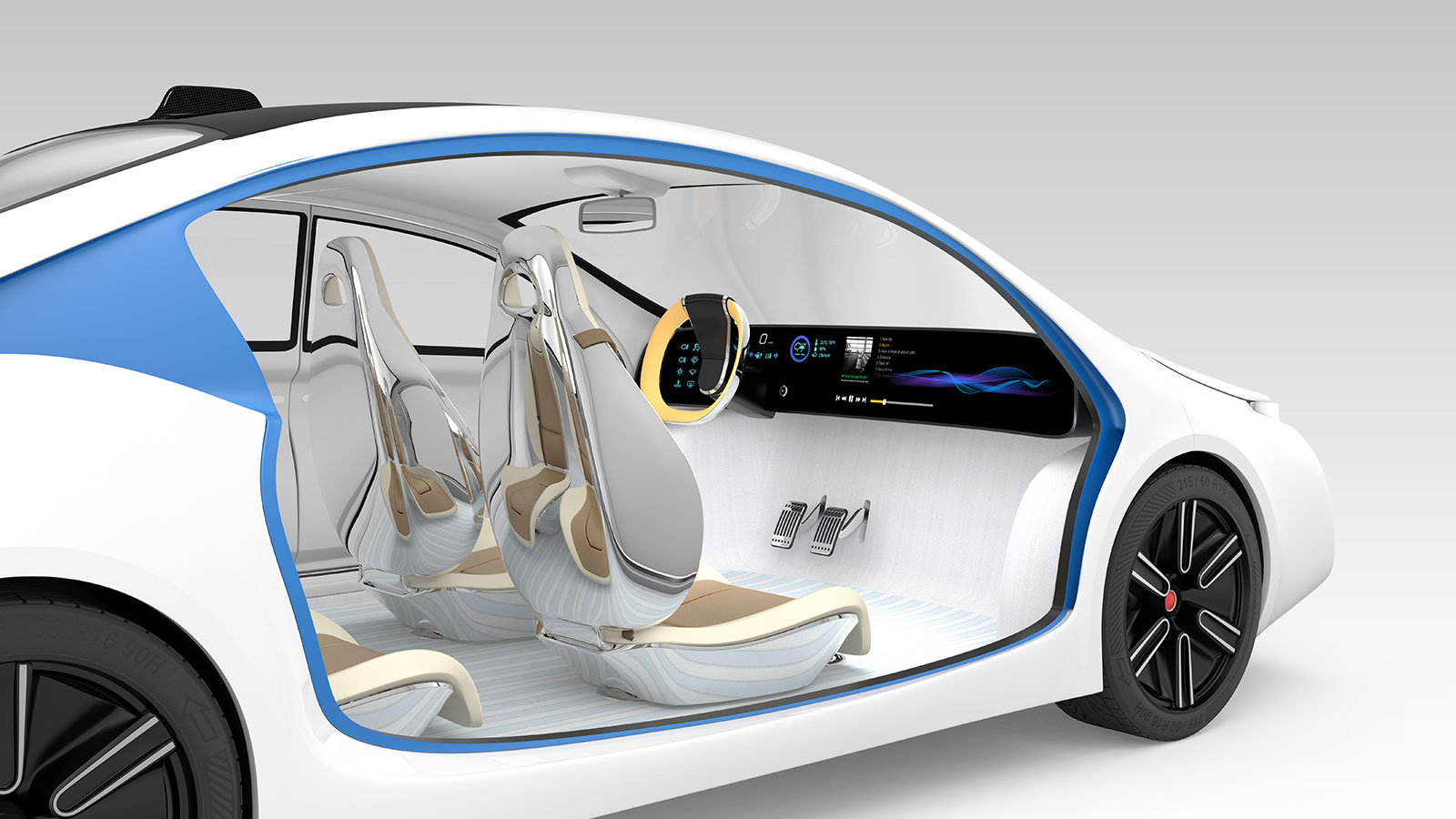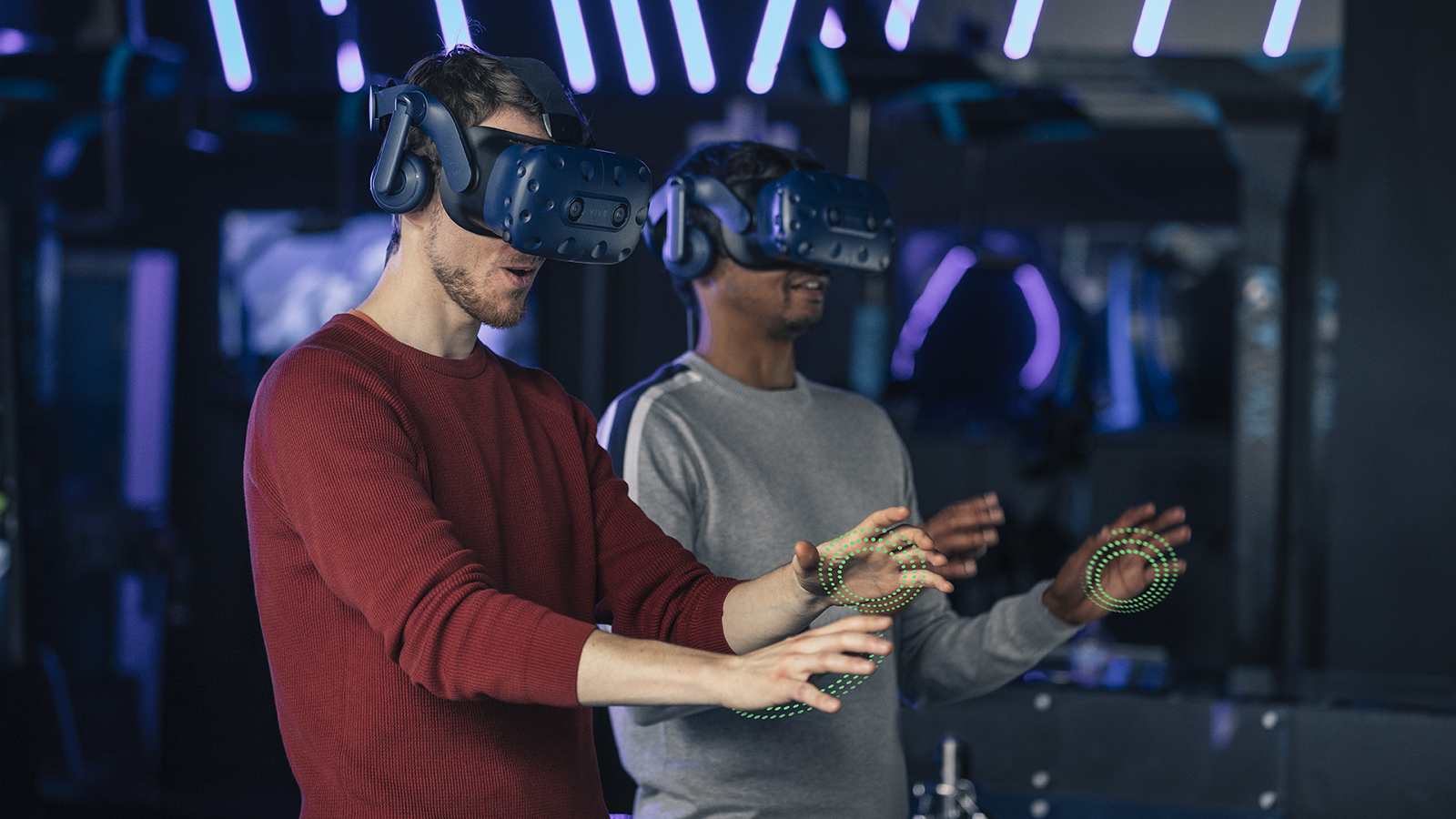
What is Haptic Feedback?
Posted; April 5, 2019
Haptic feedback is the use of touch to communicate with users. Most people know the feeling of a vibration in a mobile phone or the rumble in a game controller – but haptic feedback is much more than that. Robert Blenkinsopp, VP Engineering at Ultraleap, explains why.
Why does haptic feedback matter?
Human beings have five senses, but electronic devices communicate with us using predominantly just two: sight and hearing.
Haptic feedback (often shortened to just haptics) changes this by simulating the sense of touch. Not only can you touch a computer or other device, but the computer can touch you back.

Haptic feedback is a mode of communication rather than a specific technology or application. It’s nothing less than an entirely new way for machines and humans to communicate.
What does haptic feedback feel like?
In theory, haptic feedback can feel like anything. However, in practice the sensations available are limited, particularly in consumer devices. Different sorts of vibrations, usually felt with your hands, are the most common form of haptic feedback today.
The tactile sensations most people think of when they say "touch" are part of what is known as the somatosensory system. This encompasses a huge variety of sensations, not just sensations such as vibration or pressure, but also things such as pain, temperature, and the position and movement of your body in space.
The somatosensory system includes at least 12 specialised types of receptors. Each sends different information to your brain: one type sends information about vibration, one about pressure, one about pain, and so on.

These receptors are all over the surface of your body, and inside it, too. The average adult has 3 million pain receptors alone.
In theory, haptic feedback encompasses any and all of these sensations. However, simulating the somatosensory system in its entirety is a huge challenge (according to Microsoft, “many orders of magnitude larger in complexity” than sight or sound). There are also some sensations – such as pain – you probably don't want users to experience.
In practice, haptic feedback always targets a specific subset of your somatosensory system. A large number of haptic devices (from game controllers to mobile phones to our own "virtual touch" haptics) communicate solely via the receptors on your hands, for example.
But even very limited use of haptic feedback can be very effective, as the widespread use of relatively simple vibrations in mobile phones shows.
How does haptic feedback work?
Haptics is a family of technologies rather than any single technology. Although every haptic technology communicates via your sense of touch, they achieve this in different ways.
Some of the most common haptic technologies are:
- Vibrotactile haptics: The tiny motors that create vibrations and other tactile effects in mobile phones, game and VR controllers (such as those in the Playstation 5 and Nintendo Switch).
- Ultrasonic mid-air haptics: Algorithms control ultrasound waves so that the combined pressure of the waves interacting produces a force that can be felt on the user's hands. The "virtual touch" haptic technology means that the user does not even need to be in contact with a physical surface.
- Microfluidics: Air or liquid is pushed into tiny chambers within a smart textile or other device, creating pockets of pressure or temperature on a user's skin.
- Force control: Levers or other large-scale (and expensive!) mechanical devices are used to exert force on the hands, limbs or full body of a user.
- Surface haptics: Modulates friction between a user's finger and a touchscreen to create tactile effects.
Learn more about haptics and hand tracking
Even a brief overview of haptic technology would require an entire blog post on its own. But, more importantly, why do product designers add haptic feedback at all?
What is the purpose of haptic feedback?
Visual feedback is used for many different purposes, from a flashing warning light to a desktop interface to the immersive experience of a VR headset. It’s the same with haptic feedback: there’s a rich spectrum of ways in which it can be used.
Haptic feedback is found in everything from mobile phones to high-end aircraft simulation systems, from automotive infotainment to accessibility, from VR gaming to design workflows, from marketing to museums.
In 2018, “haptics” officially entered the Merriam-Webster dictionary. The haptics industry is projected to be worth over $19 billion by 2025.
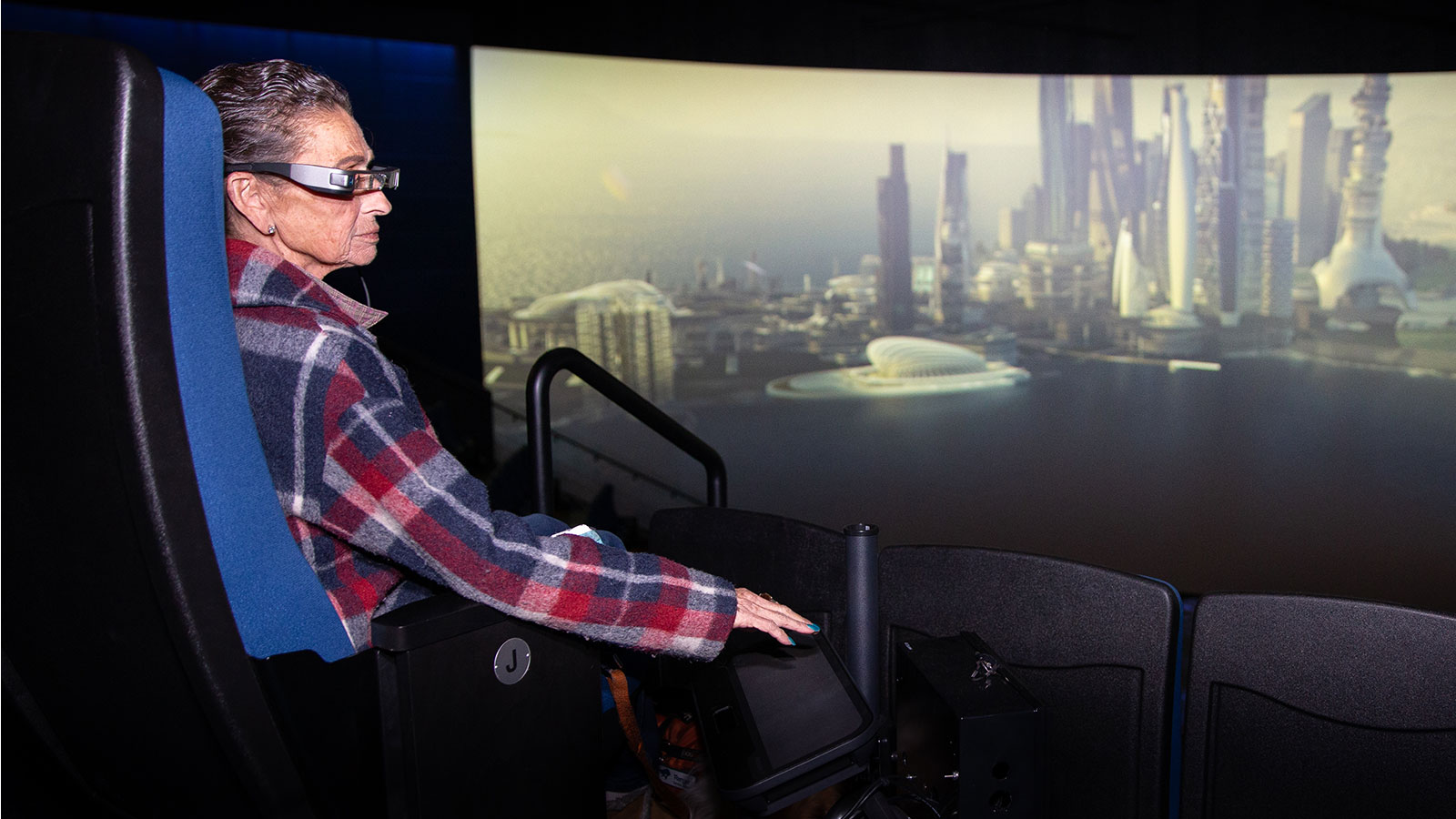
In our bodies, the somatosensory system is involved in everything from establishing a sense of presence, to emotional connection and wellbeing, to enabling us to explore and interact with objects, to providing 360° sensory feedback. At Ultraleap, we see our technology used to achieve very different purposes in different applications.
In automotive, haptic feedback allows manufacturers to create non-visual modes of interaction, reducing the amount of time drivers take their eyes off the road.
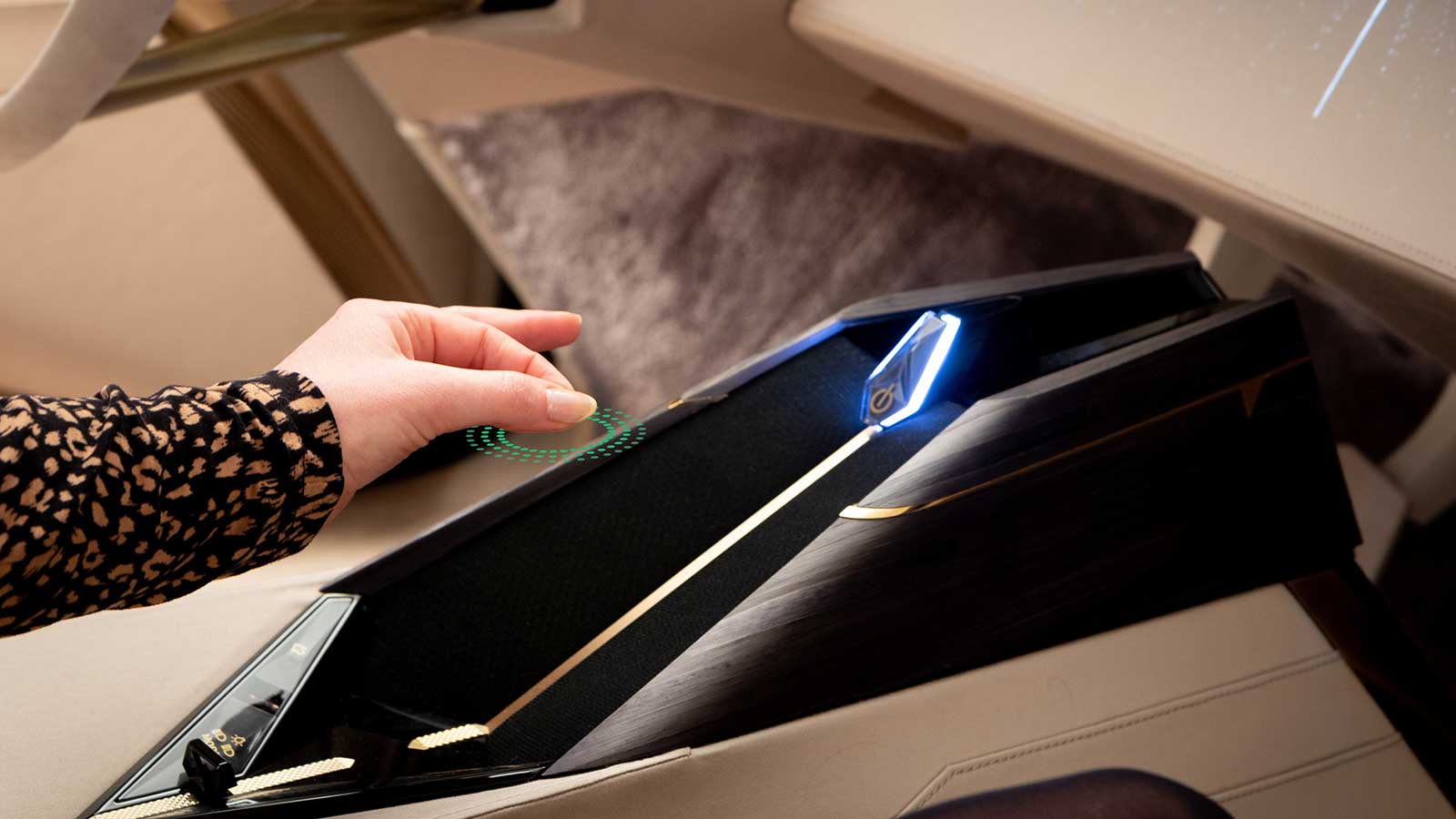
However, in marketing then it’s the emotional component of touch that is important: adding haptic feedback is proven to have a significant impact on customer engagement.
When added to user interfaces, haptics is all about reducing task completion time and improving accuracy. Multisensory experiences that incorporate haptics are increasingly recognised as central to natural interaction and the next generation of UX design.
The role of haptic feedback in VR and spatial computing is largely about increasing users’ sense of presence. This isn’t simply about making virtual bubbles feel like real bubbles popping on your hands. Haptic feedback allows storytellers to create experiences that we can’t have in the real world: to feel a dragon’s breath, touch a ghost, or cast a magic spell.
I could give many more examples (education and training, industrial, medical, smart home…). The real point, though, is that haptic feedback is best understood as a new tool in the hands of product designers, whatever sector they are in and whatever they are trying to communicate.
Haptic feedback is a tool that both enhances audio-visual communication and opens up the possibility of creating new products and markets. It’s a tool we are only just starting to understand the capabilities of, with a language we are still writing the dictionary for.
To find out more about how Ultraleap's virtual touch haptic technology creates the sensation of touch in mid-air, head over to our technology page.
And hold on tight. It’s going to be one hell of a ride.
Robert Blenkinsopp was Ultraleap's employee #1 and is now VP Engineering, exploring and developing new forms of interaction enabled by mid-air haptics and hand tracking.
Want to get the latest haptics and hand tracking news directly to your inbox?
Explore our blogs, whitepapers and case studies to find out more.

